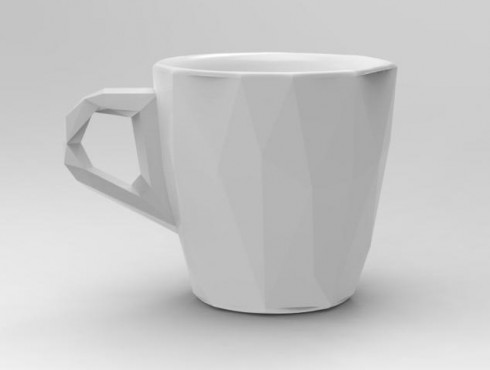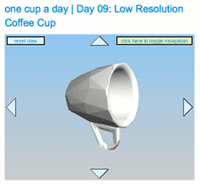After all the time I spent working with Raspberry Pi microcomputers and Arduino microcontrollers this summer, it was interesting to see Claire Cain Miller summary of a PEW report on “AI, Robotics, and the Future of Jobs“.
Miller provides some interesting quotes from the experts surveyed for the report. One quote stood out in terms of its perspective on education and pedagogy:
“Only the best-educated humans will compete with machines. And education systems in the U.S. and much of the rest of the world are still sitting students in rows and columns, teaching them to keep quiet and memorize what is told to them, preparing them for life in a 20th century factory.”
— Howard Rheingold, tech writer and analyst .
The Key Findings from the PEW report provides a good summary of their results:
Half of these experts (48%) envision a future in which robots and digital agents have displaced significant numbers of both blue- and white-collar workers—with many expressing concern that this will lead to vast increases in income inequality, masses of people who are effectively unemployable, and breakdowns in the social order.
The other half of the experts who responded to this survey (52%) expect that technology will not displace more jobs than it creates by 2025. To be sure, this group anticipates that many jobs currently performed by humans will be substantially taken over by robots or digital agents by 2025. But they have faith that human ingenuity will create new jobs, industries, and ways to make a living, just as it has been doing since the dawn of the Industrial Revolution.
These two groups also share certain hopes and concerns about the impact of technology on employment. For instance, many are concerned that our existing social structures—and especially our educational institutions—are not adequately preparing people for the skills that will be needed in the job market of the future. Conversely, others have hope that the coming changes will be an opportunity to reassess our society’s relationship to employment itself—by returning to a focus on small-scale or artisanal modes of production, or by giving people more time to spend on leisure, self-improvement, or time with loved ones.
— Smith and Anderson, 2014. AI, Robotics, and the Future of Jobs.
The full report is worth a read.

